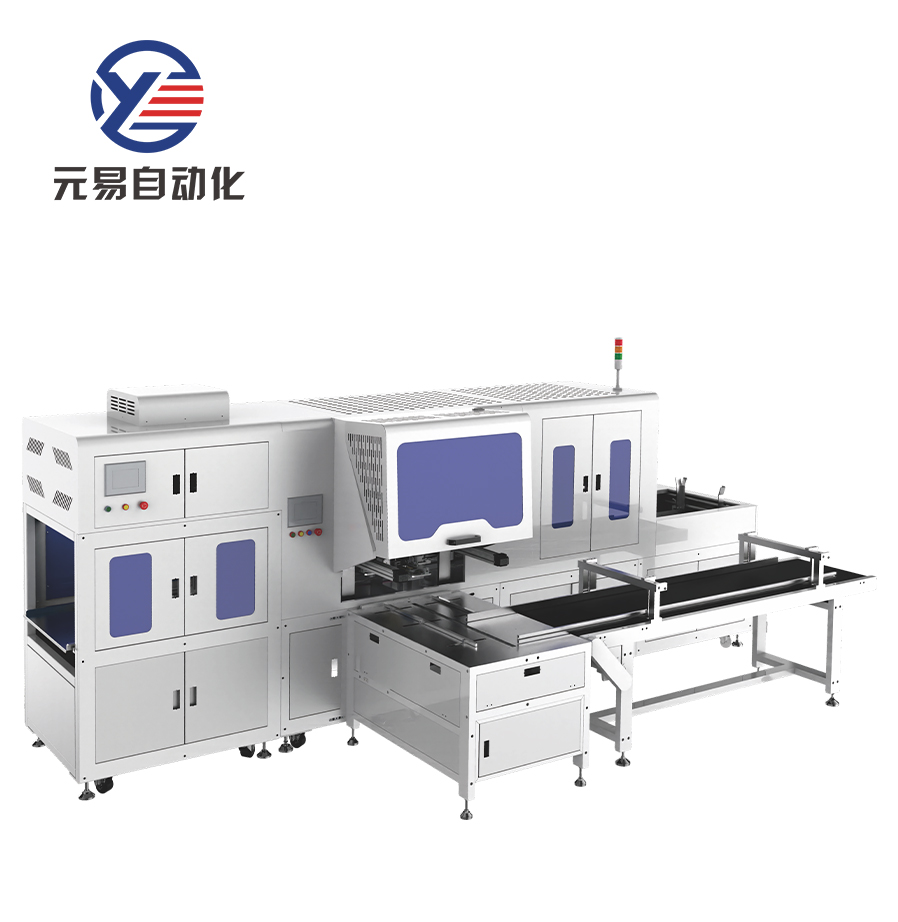The multifunctional frame assembly machine exhibits high stability and consistency in assembly accuracy, and can meet the size and splicing requirements of various frame structures. These types of devices typically use high-precision positioning systems, such as servo motors and optical sensors, to ensure that the position error of each assembly step is controlled within a small range. By designing the mechanical structure and coordinating with the electronic control system, the joint points of the enclosure can achieve a more tight fit, reducing gaps and misalignment.
Specifically, assembly accuracy is mainly reflected in two aspects: dimensional accuracy and angular accuracy. Dimensional accuracy refers to the ability to control the length of each side of the enclosure. The equipment can ensure that the length of each side meets the set requirements through guide rails and measurement systems, and the error is generally controlled at the millimeter level or even lower. The accuracy of the angle is related to whether the splicing of the frame corners reaches the expected right angle or specific angle. Multi functional frame assembly machines usually use specialized clamping and correction devices to ensure stable splicing angles and avoid structural deformation caused by deviations.
The control system of the equipment is usually equipped with automatic calibration and feedback adjustment functions, which monitor deviations in the assembly process in real time and adjust mechanical actions in a timely manner to maintain accuracy. In addition, the selection and pre-treatment of enclosure materials can also affect the assembly effect. The equipment design considers the elasticity and deformation characteristics of various materials to adapt to different production needs.

Due to its compatibility with multiple specifications and sizes, the multifunctional frame assembly machine is designed with a flexible precision control scheme that supports quick switching between different product models without affecting assembly quality. The system has strong repeatability and can maintain high consistency in continuous production, which is particularly important for batch manufacturing processes.
The rigidity and stability of mechanical structures are also key factors affecting assembly accuracy. The machine bed and transmission system reduce vibration and displacement errors, allowing the equipment to maintain a stable state during operation. By combining sensor detection and intelligent control technology, the equipment can effectively avoid the accumulation of errors caused by mechanical deviations.
The clamping and pressing methods during the assembly process of the frame have been optimized multiple times to ensure that the material does not move during splicing, ensuring the precision of the assembly. For complex or special shaped enclosures, the multifunctional enclosure assembly machine achieves multi angle clamping and assembly through modular design, further improving adaptability and processing accuracy.
Overall, the performance of the multifunctional frame assembly machine in terms of assembly accuracy meets the requirements of industrial production for product consistency and detail, providing technical support for the frame manufacturing industry. Its high-precision control system and optimized mechanical structure provide a guarantee for stable product quality, adapting to different production environments and diverse needs.